How President Obama’s Final Budget Affects People with Disabilities
 For nearly 100 years, Easter Seals has worked with the federal government to ensure that people with disabilities can live, learn, work and play in their communities. A critical part of this work is making sure that there is adequate funding for the many important programs that support the health and well-being of people with disabilities.
For nearly 100 years, Easter Seals has worked with the federal government to ensure that people with disabilities can live, learn, work and play in their communities. A critical part of this work is making sure that there is adequate funding for the many important programs that support the health and well-being of people with disabilities.
February in DC marks the official opening of budget season. This is the month when the President makes a budget proposal to Congress that outlines funding priorities for all federal agencies. After that Congress must agree to a budget and then the appropriations committees begin the work of finalizing funding levels for every single federal activity. This process can take up to a year.
On February 9, President Obama released his proposed budget for fiscal 2017, which begins on October 1, 2016. Easter Seals worked hard to make sure that the White House and federal agencies prioritized people with disabilities. While many programs were level funded from the previous year, there were some successes in the proposal including increased funding for:
• Early childhood programs that Easter Seals supports including early intervention, preschool special education programs, Head Start, Early Head Start and the Child Care and Development Block Grant.
• Incentives for state Medicaid programs to provide more home and community-based services.
• The lifespan respite care program that helps caregivers for people of all ages get access to respite service and helps states enhance access to respite.
• Specialized transportation services serving people with disabilities and older adults.
• Employment programs to help connect people with disabilities to needed skills and jobs.
• The Homeless Veterans Reintegration program that provides needed supports to assist veterans facing homelessness achieve employment.
Easter Seals appreciates the urgency for the federal government to be fiscally responsible and to strengthen our national economy. At the same time, we know that people with disabilities disproportionately rely on government services to live, learn and work in their communities. These services were created by government because the private marketplace would not meet the unique needs of people with disabilities. We will continue to work with Congress to help them make smart decisions about the real needs of people with disabilities as the final 2017 spending bills are developed.
To stay on top of legislation that affects people with disabilities, seniors and veterans, visit easterseals.com/advocacy and sign up for legislative action alerts.








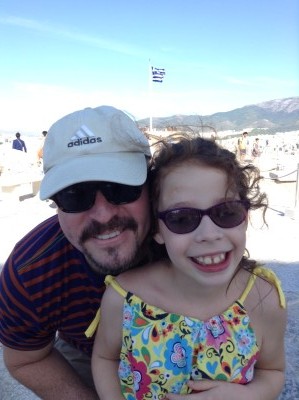

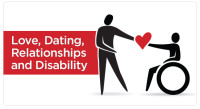


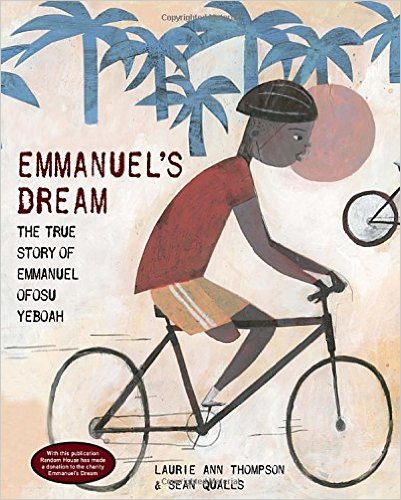
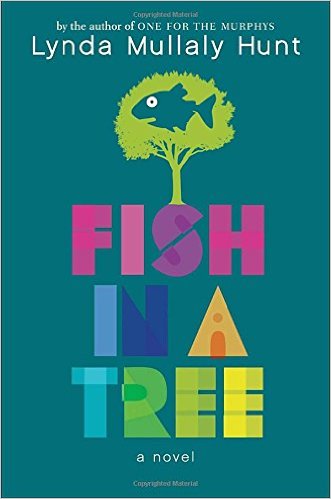
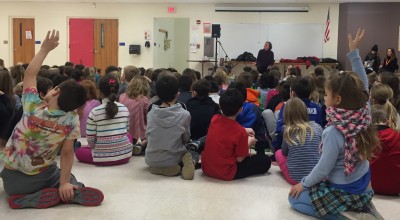
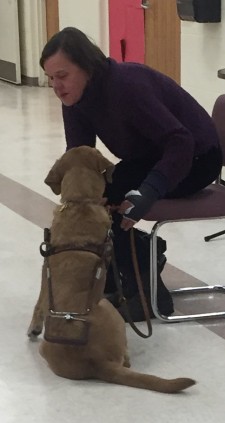
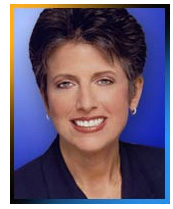 A Disability Culture class from Chicago’s DePaul University used to take a field trip to my apartment once a semester to get a glimpse, so to speak, of what it’s like to be blind and live in a big city. The class was taught by Karen Meyer, who is deaf. She can read lips, and I learned to use a lot of gestures and always face her when we talked.
A Disability Culture class from Chicago’s DePaul University used to take a field trip to my apartment once a semester to get a glimpse, so to speak, of what it’s like to be blind and live in a big city. The class was taught by Karen Meyer, who is deaf. She can read lips, and I learned to use a lot of gestures and always face her when we talked.